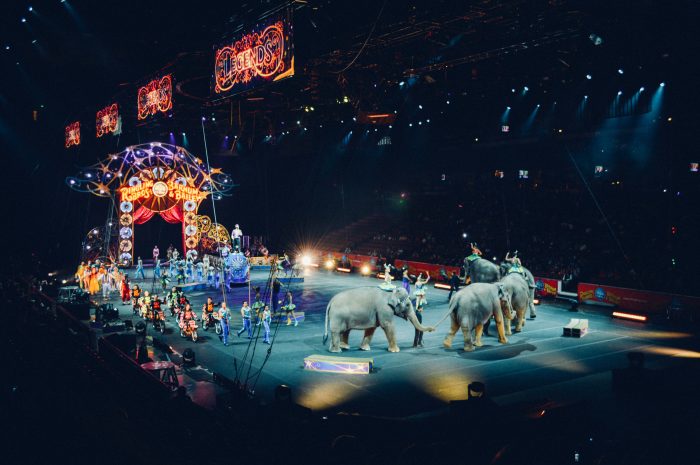Is Traditional Circus Fading Away? Animal Welfare in the Age of Millennials
 Picture Credits: Unsplash
Picture Credits: Unsplash
The circus industry is facing challenges as millennials and the new generation redefine their perspectives on animal welfare and ethics. This shift in attitude has called for a change in the way circus operates, sparking discussions on whether traditional circus is becoming a thing of the past.
Millennials’ Take on Traditional Circus
Circus has long relied on animals, especially rare and endangered species, to attract and fascinate audiences, combined with impressive and sometimes death-defying stunts to wow the crowd. However, this approach has faced increasing criticism from animal welfare groups and the millennials. Such practices have been viewed as exploitative, as they often force animals to perform unnatural acts and endure stressful living conditions. Millennials have shown a strong preference for options that do not involve animal abuse. Instead of merely witnessing animals performing tricks, this generation seeks experiences that respect the well-being and natural behaviour of the animals.
 Picture Credits: Unsplash
Picture Credits: Unsplash
Changing the Circus Narrative
In recent years, there has been a growing movement to boycott circus that use animals. This has led some circus companies to stop using animals completely. For example, Ringling Bros. and Barnum & Bailey Circus, which was once the largest circus in the world, retired its elephants in 2016. After 146 years in business, the circus company ceased operations in 2017. It is now planning to resume its shows but without animals.
 Picture Credits: Unsplash
Picture Credits: Unsplash
Tech Meets Tradition: Rise of Animal-Free and Cruelty-Free Circus
Circus has already begun to explore new approaches in an effort to transform the industry into a modern one. One of the ways is by using a combination of technology, sound, lighting and special effects to work seamlessly with lesser number of animals or even no animal at all, together with human performances, acrobatics, comedy and other acts to win the crowd.
Another way is by using Virtual Reality (VR) and Augmented Reality (AR) that enable modern circus to create new kinds of immersive experiences for the audience. Imagine you are being transported to a jungle full of rare and extinct animals. You not only watch the show, but you can even interact with the animals.
Germany’s Circus Roncalli, for example, has successfully captured audiences with stunning holographic animal projections, blending virtual and real worlds that allow audiences to watch the show and interact with lifelike creatures.
 Screengrab from Circus-Theater Roncalli YouTube video
Screengrab from Circus-Theater Roncalli YouTube video
There is also a name for this new virtual experience and it is called Metaverse. The company behind it is Meta aka Facebook. In 2022, Meta spent more than US$36 billion to develop Metaverse and is planning to spend tens of billions more.
The modern circus can explore harnessing the potential of similar virtual worlds like Metaverse to stay relevant to changing consumer demands and to offer unique experiences to tech-savvy millennials. Virtual worlds like Metaverse will provide a virtual shared space where audiences can interact with performers, animals and other audiences in real-time. VR can create lifelike animal simulations to teach people about wildlife conservation and animal protection in their natural habitats.
 Credit: Meta. Mark Zuckerberg as an avatar during Connect 2022
Credit: Meta. Mark Zuckerberg as an avatar during Connect 2022
The future of circus may well lie in its ability to adapt and innovate. By embracing cruelty-free practices and leveraging technology, circus can create captivating experiences that resonate with modern audiences. As the world evolves, so must the circus, ushering in a new era of entertainment that respects both animals and humans.
If traditional circus can embrace the new trend and change itself, going to the future, circus will never be the same again.
Find out more about Mactus: What we do
For enquiries, please contact us at enquiry@mactus.com or +65 6224 3006.